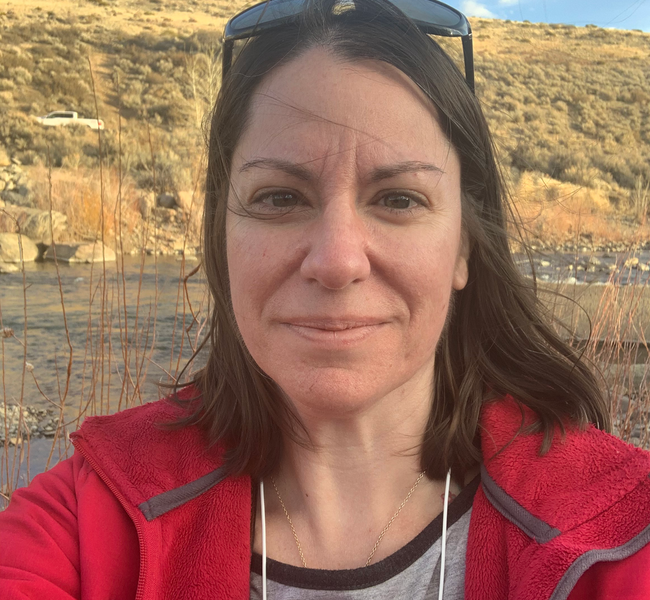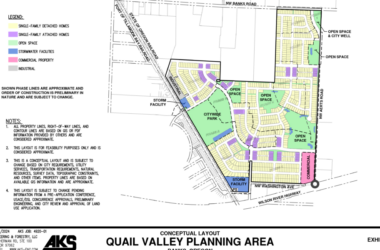 Erica Harold-Heine
Erica Harold-Heine
Coronavirus resources: CDC on the coronavirus, Oregon Health Authority resources, Washington County resources, Oregonian reporting on the coronavirus, OPB glossary of coronavirus terms, NYTimes free reporting on the coronavirus.
Erica Harold-Heine, a Banks resident, holds a B.S. in Homeland Security & Emergency Management. While she serves as a Banks city councilor, Harold-Heine noted that her views reflected here do not represent any policy of the city of Banks nor the city council.
Communicating in a Pandemic
Today we are being flooded with mass media communication around a very real threat to us, our community and the world at large. It is hard to know what to take seriously, what is largely false or just half the truth. With news around the world being updated constantly, this changes what is being presented by the news and our politicians hourly. Here is what is known at this point.
How it is spreading; from the CDC.
1. Person to person (within 6 feet) hence the social distancing that is being asked of everyone.
2. Through an infected persons’ cough and or sneezes (respiratory droplets) getting into your nose, mouth or inhaled into your lungs.
[Support us with a digital subscription: Click here to start]
Symptoms; from the CDC. A person may see these symptoms within 2-14 days after exposure.
1. Fever
2. Cough
3. Shortness of breath
Steps to help protect yourself; from the CDC.
1. Washing your hands as often as you can for at least 20 seconds with soap and water. If that is not available then use some hand sanitizer with at least 60% alcohol in it. Avoid touching your eyes, nose and mouth with unwashed hands.
2. If you see someone sick or know of someone that is sick, avoid them.
Protect others and your community; from the CDC.
1. If your sick, stay home and or seek out medical care as needed.
2. Cover your mouth and nose with an elbow or tissue if you’re going to sneeze and or cough. Throw away all used tissues in the trash.
3. Wash your hands right away after you have coughed and or sneezed for at least 20 seconds with soap and water; or hand sanitizer with 60% alcohol.
4. Wear a facemask if you are sick and plan to go out. *You do not need to wear a facemask if you are not sick. * Only wear one if you are a care provider to someone that is sick and they are unable to wear a mask. Save the masks for our caregivers.
5. First clean (detergent or soap and water) then disinfect high use surfaces daily. This includes “tables, doorknobs, light switches, countertops, handles, desks, phones, keyboards, toilets, faucets and sinks.
Our older population and people that have severe underlying chronic medical conditions like lung and heart disease and or diabetes are at higher risk of developing more serious complications from the coronavirus disease (COVID-19). Be careful if you are one of these individuals or they are one of your family, friends and or neighbors. Call them and see if they need help. Let’s keep in mind the social distancing for them and your safety.
All of this information was found on the CDC’s website as of today: 3/15/2020. https://www.cdc.gov/coronavirus/2019-ncov/prepare/prevention.html






